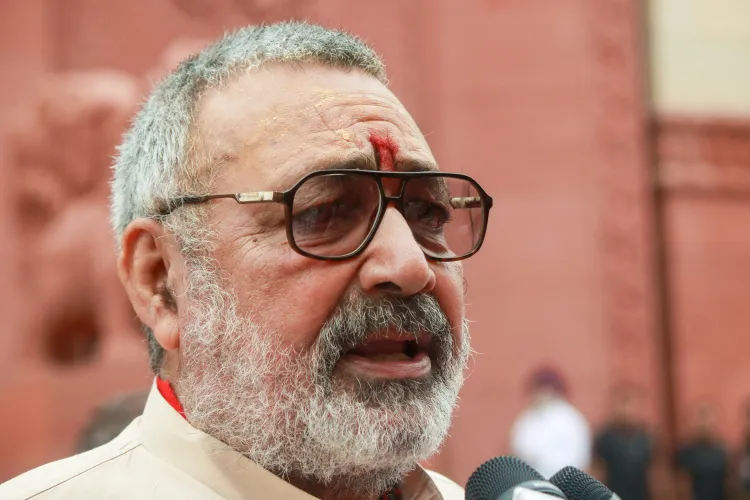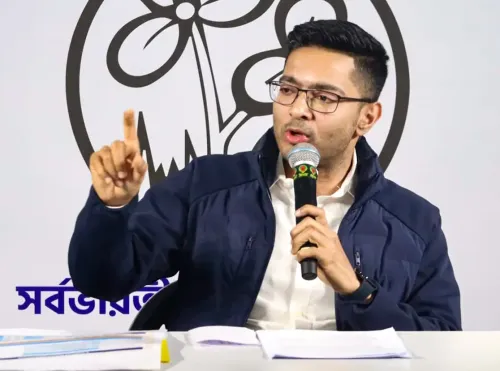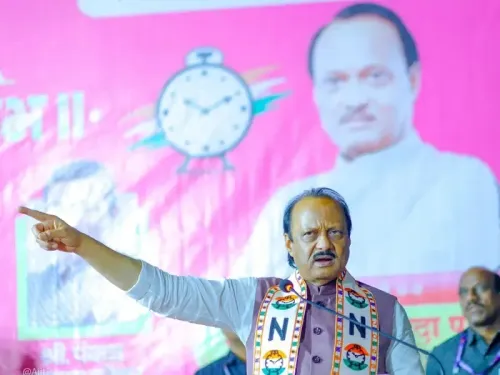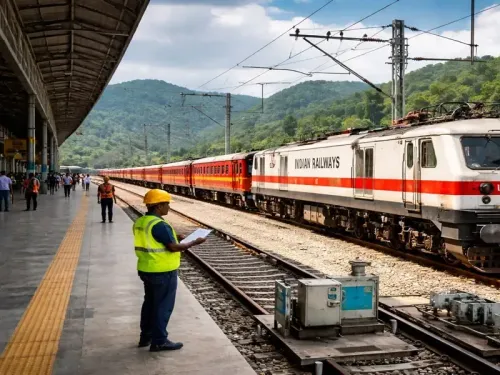Has the Govt Disbursed Rs 1,481 Crore to Boost the Handloom Industry in 5 Years?

Synopsis
Key Takeaways
- Government allocated Rs 1,516 crore to promote the handloom sector.
- Rs 1,480.71 crore disbursed in five years.
- Over 31.45 lakh handloom cottage units operational in India.
- Support provided includes raw materials and skill development.
- Focused on self-employment for weavers.
New Delhi, July 26 (NationPress) The nation boasts over 31.45 lakh handloom cottage units, with the government allocating a total of Rs 1,516 crore and disbursing Rs 1,480.71 crore to uplift this industry in the past five years.
In a written response to a query in the Rajya Sabha, Union Textiles Minister Giriraj Singh shared that the 4th All India Handloom Census 2019-20 reveals 35.22 lakh handloom weavers and allied workers are part of 31.45 lakh households across India.
“Thus, it is estimated that 31.45 lakh handloom cottage units are operational in the country,” the minister stated.
The handloom sector is largely unorganized, meaning the government does not offer direct employment to weavers and workers. Instead, handloom weavers engage in traditional skilled practices that foster self-employment.
Nevertheless, the Ministry of Textiles is executing the National Handloom Development Programme (NHDP) and the Raw Material Supply Scheme (RMSS) to advance handloom production and ensure the welfare of weavers nationwide.
These initiatives provide financial support to qualifying handloom agencies and weavers for raw materials, acquiring upgraded looms and accessories, solar lighting units, workshed construction, skill development, product and design enhancement, technical and common infrastructure, marketing, concessional loans under the MUDRA scheme, social security, and financial aid to awardee weavers in dire situations.
“From 2020-21 to 2024-25, Rs 1,516 crore was allocated, and Rs 1,480.71 crore was disbursed under the NHDP and RMSS schemes,” the minister noted.
Prior to the continuation of these schemes or the introduction of new ones, an impact assessment of the existing programs will be conducted.
NHDP and RMSS were designed for implementation from 2021-22 to 2025-26 following a third-party impact evaluation of previous programs, Singh mentioned in the Rajya Sabha.
The 4th All India Handloom Census 2019-20 report indicates that there are 35,22,512 handloom workers nationwide, comprising 9,75,733 males, 25,46,285 females, and 494 transgender individuals.










